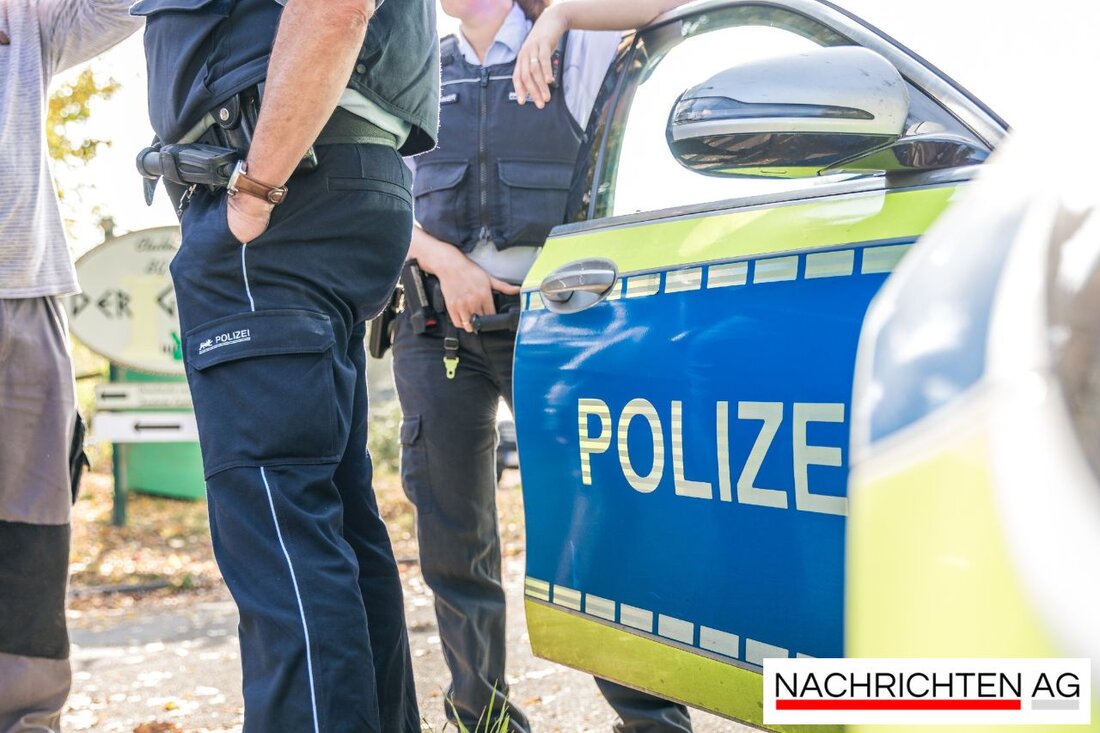Border controls at the German border: holidaymakers affected, but sensitive!
Border controls between Germany and Poland from July 8, 2025: Impact on travel and migration in Mecklenburg-Western Pomerania.

Border controls at the German border: holidaymakers affected, but sensitive!
Border controls are currently causing a stir on the German-Polish border. Since midnight, random checks have been introduced at a total of 52 border crossings to combat illegal smuggling and irregular migration. According to Ostsee-Zeitung, these measures have not yet caused any major traffic jams. Particular care was taken not to burden the Ahlbeck/Swinemünde crossing, which is why the German police refrained from checking there.
“These controls are aimed at illegal smuggling,” said Poland’s Interior Minister Tomasz Siemoniak, assuring that ordinary travelers are not affected. However, travelers must carry their ID card or passport, and special attention is paid to vehicles with many occupants and cars with tinted windows.
Expected effects
The temporary controls are initially scheduled until August 5th. With the holidays approaching in Brandenburg, Berlin and Mecklenburg-Western Pomerania, the situation could change quickly, especially if there are traffic jams that could impact supply chains and employment relationships. But not only families and holidaymakers can be affected, the economy could also suffer losses due to delays.
The debate over border controls is accompanied by a larger trend that can be observed in Europe. More and more countries are introducing similar measures. Belgium is also planning to introduce border controls, while the EU appears increasingly powerless to regulate this situation. These developments are in line with recent discussions about tightening asylum policy, which will be presented at a summit at the Zugspitze, as reported by Süddeutsche Zeitung.
Asylum procedures under pressure
In the context of the current border controls, the EU Parliament has already approved a new border procedure for asylum decisions in 2024. The aim is to quickly assess asylum applications and ensure the return of rejected applications within twelve weeks. This procedure comes into force immediately after the inspection at the EU's external borders. Important points include that asylum seekers are not allowed to enter the EU country during this process and that special reception conditions must apply for families with children, as set out on Europarl.
The current border controls are therefore not only a measure to combat migration, but also part of a broader political process that affects pan-European migration policy. It remains to be seen how the situation at the borders will develop and what further measures will be taken to maintain freedom of travel within the EU.

 Suche
Suche
 Mein Konto
Mein Konto